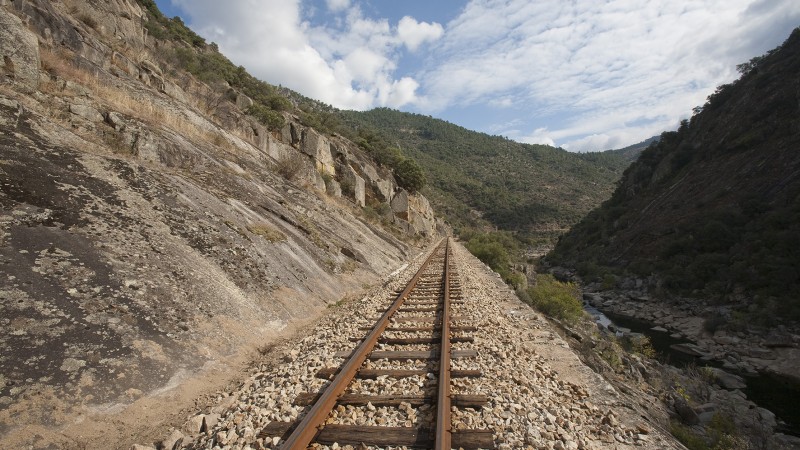Near the mouth of the Tua river, which the new structure will dam to create a reservoir, is the Linha da Tua – which is considered not only one of Portugal’s most beautiful narrow gauge railway journeys, but one of the most breathtaking in the world (see picture, bottom).
Due to a fatal accident in August 2008 this railway is now closed, but the new project has ensured the line won’t be reopened – the narrow-gauge track will soon be flooded, meaning the world has lost a marvel of engineering from the late nineteenth century.
Although the dam is not far from the famous Quinta do Tua – source of the grapes for Cockburn’s vintage Port – the reservoir does not endanger vineyards, but destroys the unspoilt nature of this spectacular valley.
The dam is being build to generate electricity by EDP at a cost of €162.3m, and as a result, it is having further impact on the beauty of the Douro. Not only does this project require the installation of high-tension wires along the valley floor to transport electricity, (as well as the running of noisy turbines), but it is also providing justification for further visual pollution of the Douro landscape – wind turbines are being erected to generate energy to pump water into the dam.

